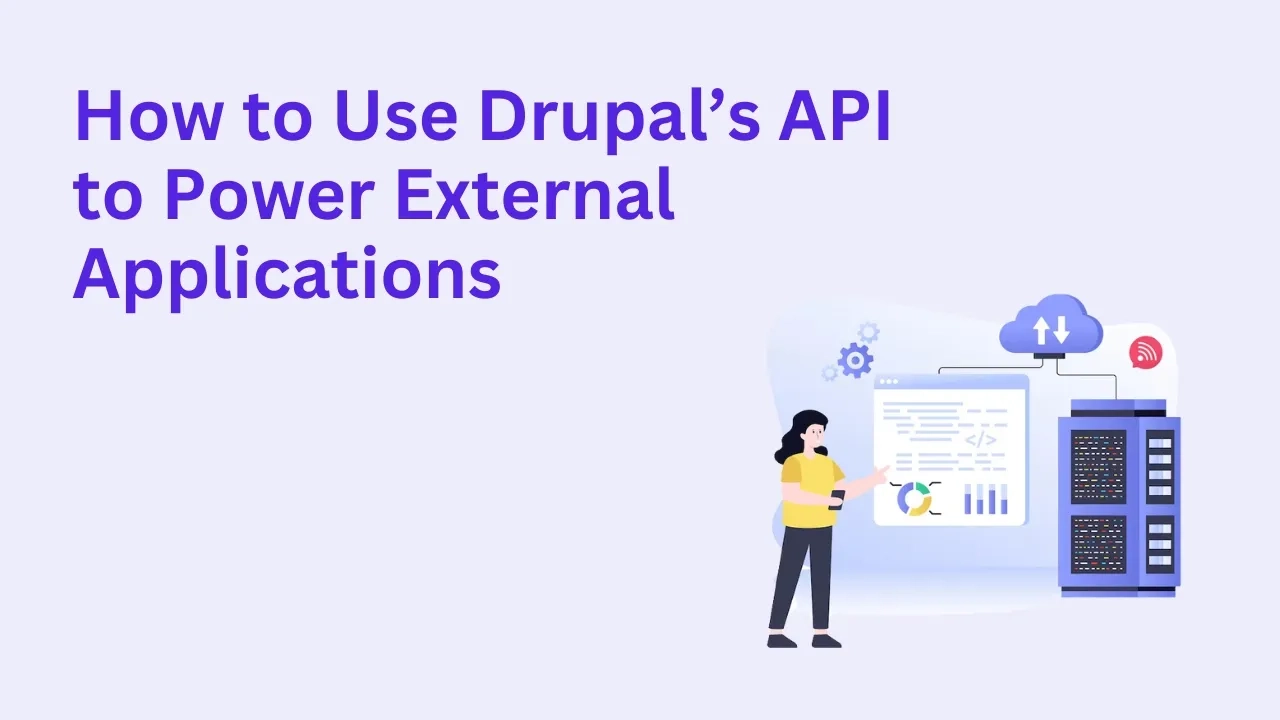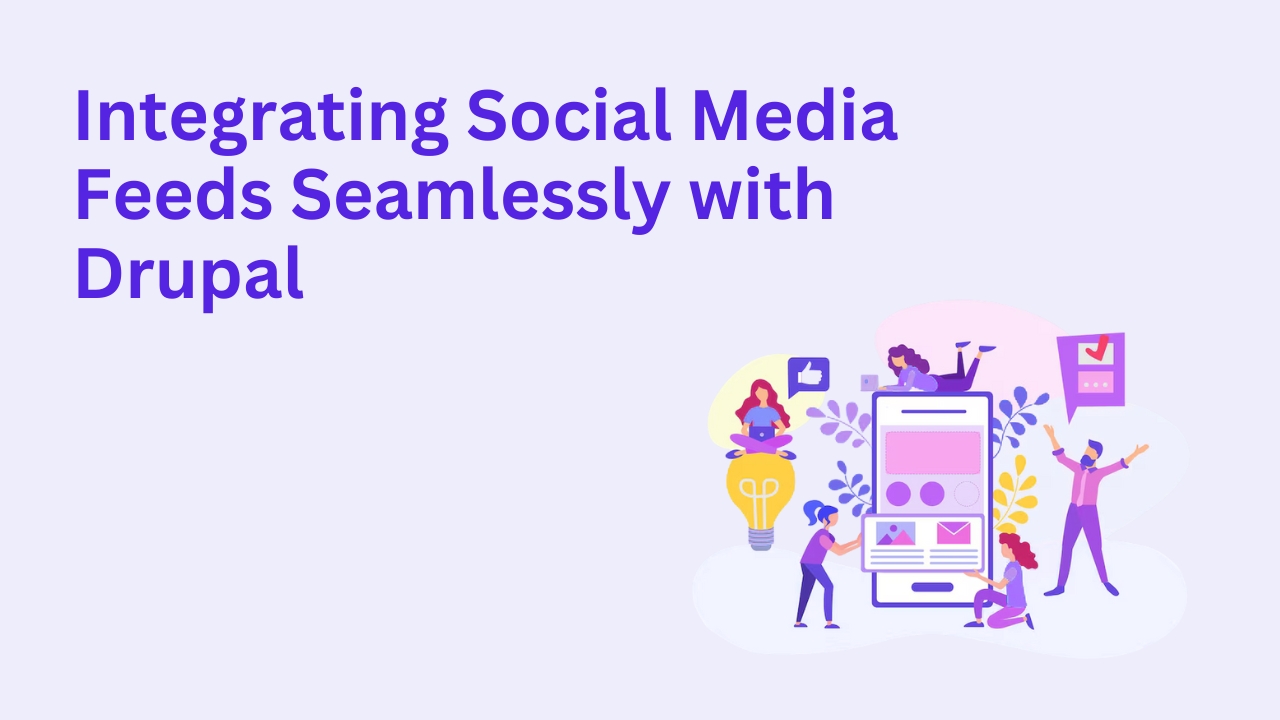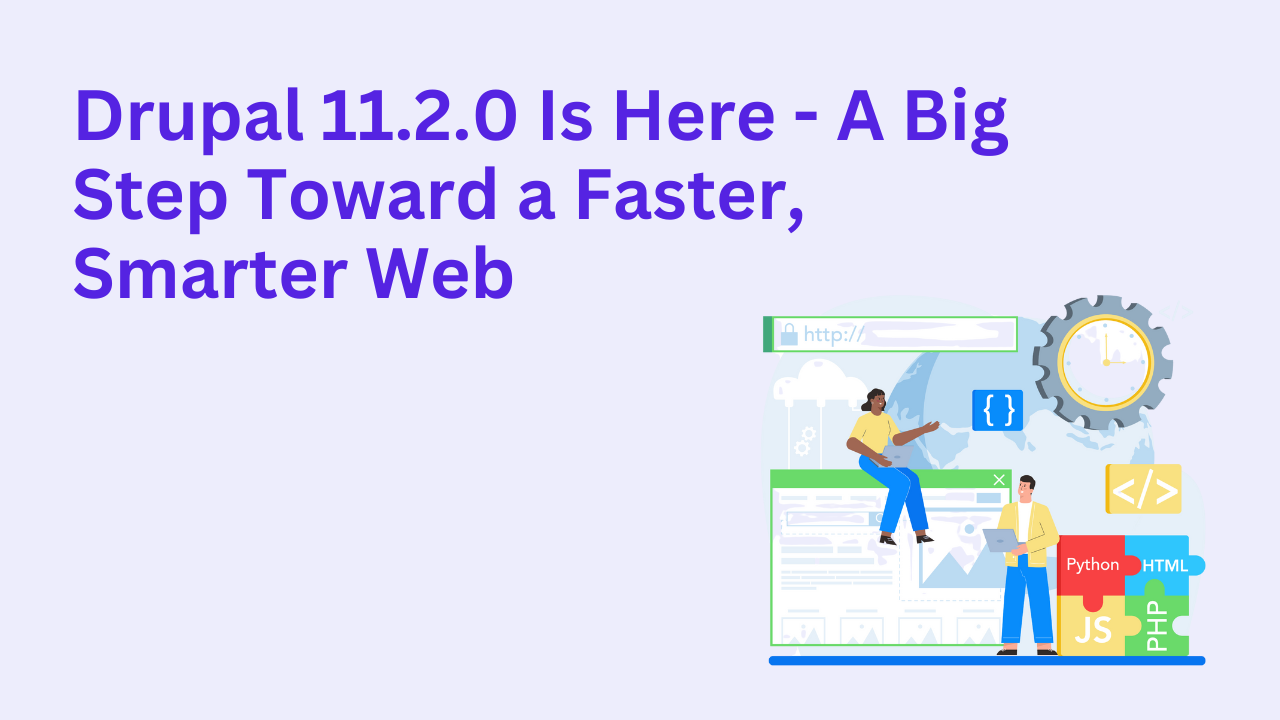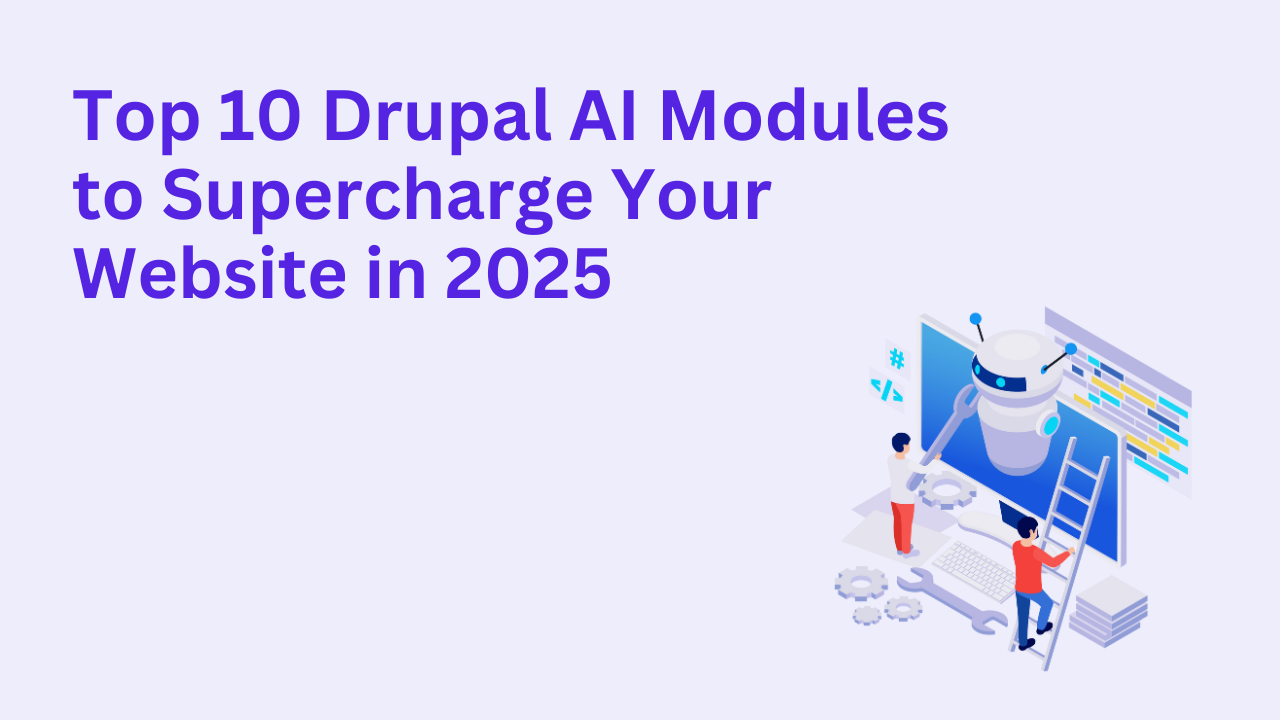How to Use Drupal’s API to Power External Applications

Drupal’s robust API-first architecture opens up new possibilities for businesses to build dynamic and connected applications. By leveraging Drupal’s APIs, you can deliver content to multiple channels, power external apps, and create seamless digital experiences for your users.
Here’s how you can get started and maximize Drupal’s API capabilities.
Why Use Drupal’s API?
Drupal’s API-driven approach transforms your site into a central content hub that can feed data to:
✅ Mobile apps
✅ Single-page applications (SPAs)
✅ IoT devices
✅ Kiosks and digital displays
✅ Partner platforms and services
This flexibility ensures your content stays consistent and up-to-date across all digital touchpoints.
Key API Options in Drupal
Drupal offers several APIs for different use cases:
1. RESTful Web Services
Drupal’s built-in RESTful Web Services module allows you to expose content as JSON or XML.
Use Cases: Power mobile apps, integrate with third-party services.
How: Enable REST resources (like nodes, users, taxonomy terms), and configure permissions for secure access.
2. JSON:API
JSON:API in Drupal 10 (and 9) provides a standardized way to serve content as JSON.
Advantages: Faster performance, automatic exposure of resources, simpler structure for modern web apps.
Why Use It: Great for building decoupled applications like React, Vue, or Angular front-ends.
3. GraphQL
GraphQL modules in Drupal allow for flexible and precise data querying.
Advantages: Clients can request exactly the data they need (no more, no less).
Best For: Complex SPAs or mobile apps with dynamic content needs.
Steps to Use Drupal’s API with External Apps
1. Enable the Required API Modules
Depending on your use case, enable:
RESTful Web Services
JSON:API
GraphQL (via contributed modules)
2. Configure Permissions & Authentication
Security is critical. Use:
OAuth 2.0 for secure, token-based access
API keys or basic auth for simpler projects
Always review your API permissions to ensure only the right data is exposed.
3. Define Your API Endpoints
For REST and JSON:API, Drupal automatically generates endpoints for content entities (like
/jsonapi/node/article).For GraphQL, configure your schema and expose queries tailored to your app’s needs.
4. Test Your Endpoints
Use tools like Postman or browser-based clients to test your API endpoints, ensuring data accuracy and security.
5. Connect Your External Application
In your external app:
Use HTTP clients (like Axios or Fetch in JavaScript) to pull data from Drupal.
Handle authentication and caching to optimize performance.
Common Challenges & Best Practices
Data Modeling: Plan your content architecture in Drupal for easy API exposure.
Performance: Use caching strategies (like Drupal’s internal cache and CDN layers) to handle high-traffic demands.
Versioning: Consider API versioning for long-term stability.
Error Handling: Implement clear error responses for better developer experience.
Why Choose Drupalify?
At Drupalify, we specialize in building API-driven Drupal solutions that seamlessly integrate with external applications. Whether you’re powering a mobile app, digital signage, or partner portal, we’ll help you create a secure, performant API ecosystem.
Explore our services: Hire Drupal Developers
Or book a free consultation: Book a Free Consultation
Conclusion
Drupal’s API-first capabilities turn your website into a dynamic content engine for any digital platform. By exposing your content through REST, JSON:API, or GraphQL, you can create engaging experiences across web, mobile, and beyond.
Ready to unlock the full power of Drupal’s API? Let’s connect!








